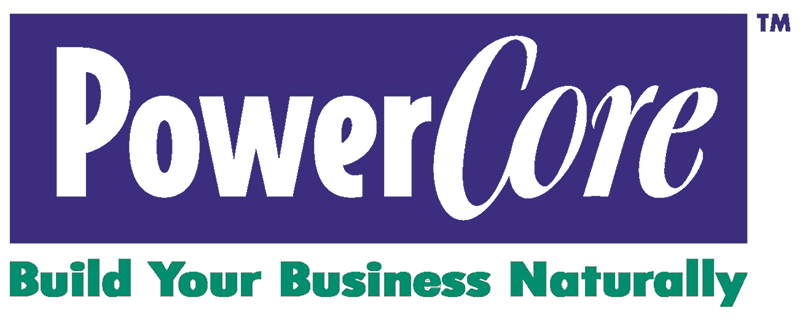What To Do To Get Referrals: Showcase Your Strengths
Integration is a value of our Team. We each help the newest Members come up to speed as quickly as possible.
How do you onboard new clients?
- What is automatic for you, but confusing for them in the beginning?
- What process have you implemented to make clients feel comfortable quickly?
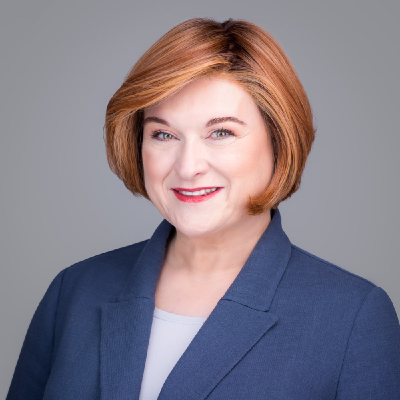
Response from Wendy Kinney
from the PowerCore Team
PowerCore did not always have Orientation Essentials.
- It was Judy Mecham who said, "We need an Orientation, and I'm going to create it."
- Nance Joiner updated it to the panelist format.
- Sheila Rambeck added the word "Essentials".
And we did not always have a mentoring program. It was Karen Sullen who came in with data on churn and referrals for the Peachtree Team, and then five Teams agreed to prototype the process, and the form we include in the MembershipJournal was created by Jeff Smalley during those three terms.
Now we're using new tech to create instructions via clickable .pdfs. Check it out here: https://scribehow.com/shared/How_to_Be_a_Substitute__gTr5rwQSTo62BwN1C6e_uA

Response from Jessica Walker
from the Peachtree City Team
I have a 90-minute time slot for my new client's Orientation meeting. They will have already completed their Intake Questionnaire that collected their answers in my 5 Areas of Deep Health: Nutrition, Movement, Sleep, Stress, and Mindset.
At our in-person Orientation meeting, I walk them through all the technology and how to use my software on their devices so that they are comfortable with all the resources available to them and also how to easily communicate with me.
Next we review their Intake Questionnaire to see their skill level in each of the 5 Areas of Deep Health. This is the baseline they are starting from so that we can choose a couple of items for them to practice over the next few weeks. I load these chosen practice items into my software so that my client can then start adding data for their accountability and how well their practice items are going until our next in-person meeting.
Response from Rebecca Brizi
from the Buckhead Team
I learned that one of my clients' first questions is: "how does it all work?"
Working with a consultant can feel nebulous, and I make sure it is a clear and simple process from the first step.
My work happens by a system of inquiry: I ask questions, they provide answers, with that information we formulate a plan. I explain to clients the exact number of meetings we will have, what will happen in each, and that all they have to do is show up and be ready to think & talk.
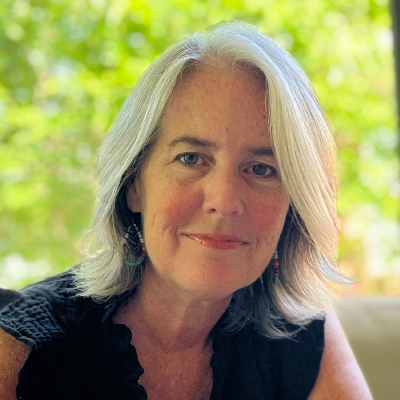
Response from Holly Neumann
from the Candler Park Team
The whole process of creating a website is usually confusing at the beginning to my clients. However the amount of communication that I use helps clients feel more comfortable. After our initial call, I have a very thorough questionnaire that not only gets the information that I need, but also helps my clients consider things that they hadn't in regards to their business, target market and what they might want on their websites. My proposal is very thorough and not only outlines the costs of what they are requesting, but also recommendations to make their website it's best and all the steps along the way as well as what their responsibilities are in the process. Then I present the proposal to them in order to answer any questions and explain my approach. By the time they sign the contract they have a good understanding of what is involved and how we will get there and so are comfortable that they will come away with a great website.
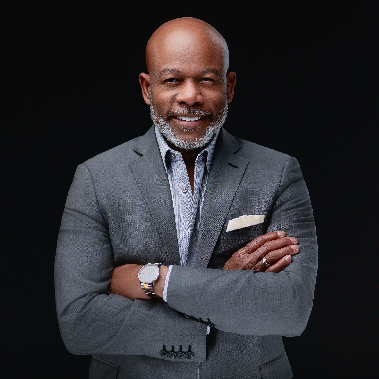
Response from Saurel Quettan
from the Candler Park Team
What’s automatic for me, and embedded in my approach, is my assumption that each client is whole, perfect, and complete just the way they are, and just the way they are not. In the beginning, that confusing for them because they are hiring me to fix themselves, their companies, and/or their employees.
My discovery process puts them right at ease. In the end, they see themselves, their companies and their employees through a new set of lenses. This new perspective gives them a reliable access to high performance.

Response from John Medina
from the Newnan Team
When I meet with a new prospect, I share our Planning for Life Presentation. This presentation allows for the client to see and hear all that products and services I can provide and also gives the client an opportunity to tell me what concerns them most. Once a pain point or problem has been identified, I start to formulate an idea of where we need to focus most of our attention.
Before any client recommendation can be made, I must and always ask a routine series of questions to determine a client's suitability and risk tolerance. This Investment IQ allows me to properly provide the client with the appropriate financial solution and investment elections to achieve their expected outcome.
I believe it is essential to educate clients about different financial tools on a level they fully understand. If a client fully understands and wants something, they are more likely to make a purchase and be excited about that purchase.

Response from Tom Wallace
from the Peachtree City Team
I have an email sequence that walks my new clients through the onboarding process. First, they sign my client agreement online, next I send a link to make their first payment and finally, I give them access to my 15-minute spending plan, additional coaching resources, and their first assignment to complete before our initial session.
Filling out their 15-minute spending plan is their first assignment.
Many of my clients either have never done a spending plan (budget) or the process they are using/have used in the past isn't working for them. I have a series of short videos that walk them step by step through the process so it's not confusing or intimidating, setting them up for success for our first session.
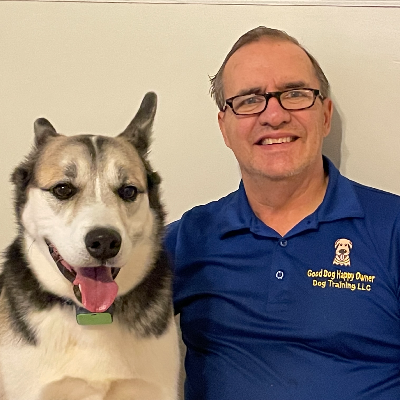
Response from Nicholas Garrison
When I get a new client. I get ahead of the Power curve by sending then an intake form. It will give me information about the dog and the family. I also schedule our first session. They also receive in advance an agreement to execute online as well as an invoice that can be paid in advance or when I arrive for the first appointment. I also explain how the training works, how the sessions will go and the videos and training information they will receive after each session
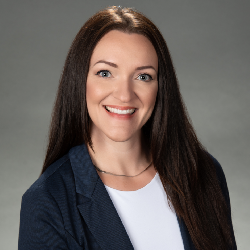
Response from Lisa Chaney
I try to make onboarding easy for any new client and build confidence that I understand their need through appropriate communication and establishing realistic expectations.
When onboarding new clients I always call and introduce myself to talk about what their needs are, learn about their business and how I can help. I typically offer to meet them for coffee or lunch. I then explain what the next steps are; expect an email from me listing the items needed, I then send a link to our secure portal and what the typical time frame and expectations are from start of application to close. It is important to me to let any client know that as their relationship manager they can call, text or email me with any questions or concerns.

Response from Susan Honea
from the Brookhaven Team
When I onboard new clients, I follow a consistent process. I do a 30-minute discovery call to ensure that the client is the right fit for me, and I'm the right fit for them. The next step is to prepare a brief proposal for services, which is sent to the client for review. Once the client agrees to the proposal, they receive a Coaching Services Agreement outlining the length of the engagement, the associated fee, the recommended cadence, and how to schedule with me. When that is signed, the client receives an invoice, and then we can begin the coaching process, which starts with two assessments -- an intake survey and the CliftonStrengths assessment. The only part of the process that could be confusing is the step-by-step nature of the onboarding. I have found that sending all of the information at once results in information overload, so sequencing it and being available for questions quickly has helped break the process up into manageable chunks.
